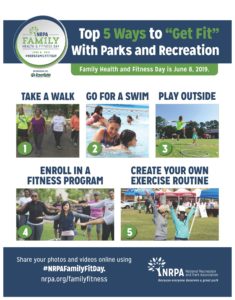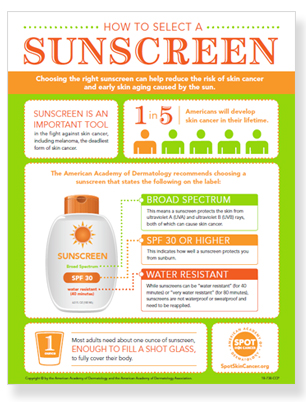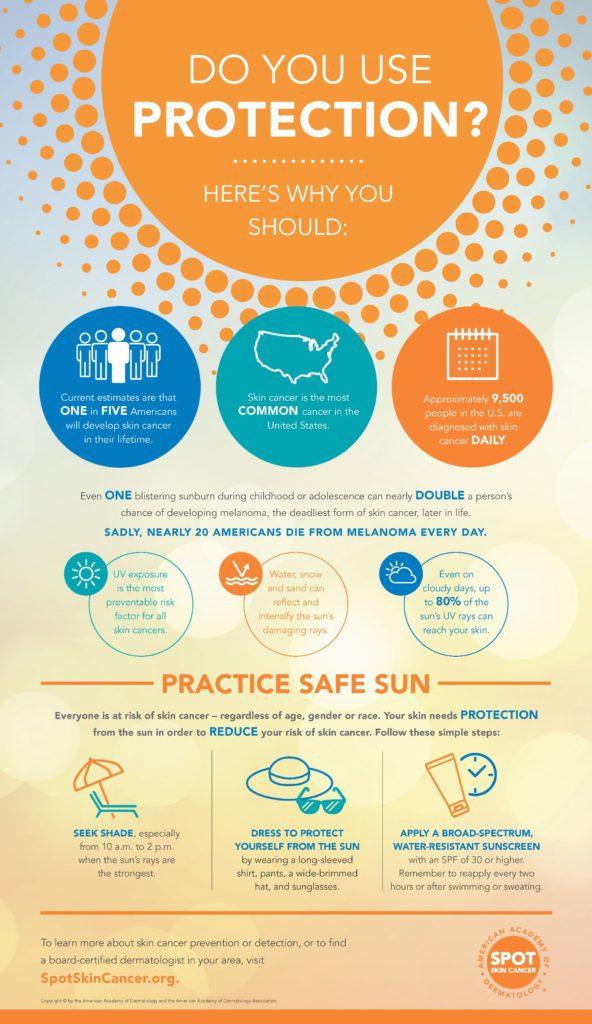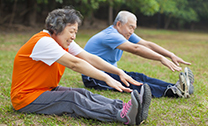A diet that is full of fruits, vegetables and lean proteins can help you feel your best and stay healthy. And, if you have arthritis, adding fatty fish, nuts and healthy oils such as extra-virgin olive oil, may be especially beneficial.
Eat Like a Greek or Italian
One of the most important benefits from the Mediterranean diet for people with arthritis is a reduction in inflammation. The monounsaturated fats that are found in foods like olive oil, nuts and fish can have anti-inflammatory effects. And studies show benefits for osteoarthritis as well as inflammatory types of arthritis like rheumatoid arthritis, gout and the skin disease associated with psoriatic arthritis.
The Mediterranean diet is also associated with other positives, such as:
- Reducing the risk of developing chronic diseases such as cardiovascular disease and type 2 diabetes.
- Lowering blood pressure.
- Losing weight.
Add These Foods to Your Diet
Incorporate these five foods into your diet to move closer to a Mediterranean diet.
- Fish. The goal is to eat three to four ounces of fish twice a week. One of the benefits of eating some types of fish are the inflammation-fighting omega-3 fatty acids that they contain. The one’s highest in omega-3s are salmon, mackerel, herring, lake trout, sardines and albacore tuna. Try to avoid king mackerel that’s high in mercury.
- Fruits and Vegetables. Meats and proteins are often the star of the meal plate while fruits and vegetables are relegated to side dishes. Reverse that order and use fruits and veggies as the base of your meal. Reach for a piece of fruit or carrot or celery sticks for a pick-me-up in between meals. Try to eat between 5-9 servings of fruit and vegetables a day. A serving of most fruit and vegetables is one cup and two cups for leafy greens.
- Nuts and Seeds. Almonds, sunflower seeds, pistachios, walnuts – there are a whole lot of choices when it comes to nuts and seeds. They can be eaten alone for a healthy snack or sprinkled on your salad or low-fat yogurt for a crunchy addition. One and a half ounces or a handful and half is the recommended daily serving.
- Whole Grains. There is more to whole grains than just brown rice. Think quinoa, farro, and bulgur among others. You can also opt for whole grain breads or whole wheat tortillas instead of white bread for your lunch-time sandwich. Eat between three and six ounces of grains a day. One ounce is the equivalent of a half cup of grains or a slice of whole wheat bread.
- Water. While not exclusive to the Mediterranean diet, drinking plenty of water each day is important. It makes a great change from soda or sugary fruit drinks. Besides keeping you hydrated, water also helps carry nutrients and oxygen to your cells, normalizes blood pressure and aids digestion among other health benefits. Try adding lemon, raspberries or cucumbers for an additional nutritional boost.
Take It Slowly
Changing your diet can be a big undertaking. Start by making a few swaps at each meal. Small changes can make a big difference in how you feel and how well you manage your arthritis and overall health.











